Epic Battery Showdown: Xiaomi 17 Pro Max vs. iPhone 17 Pro Max – Who Lasts Longer in the Daily Grind?
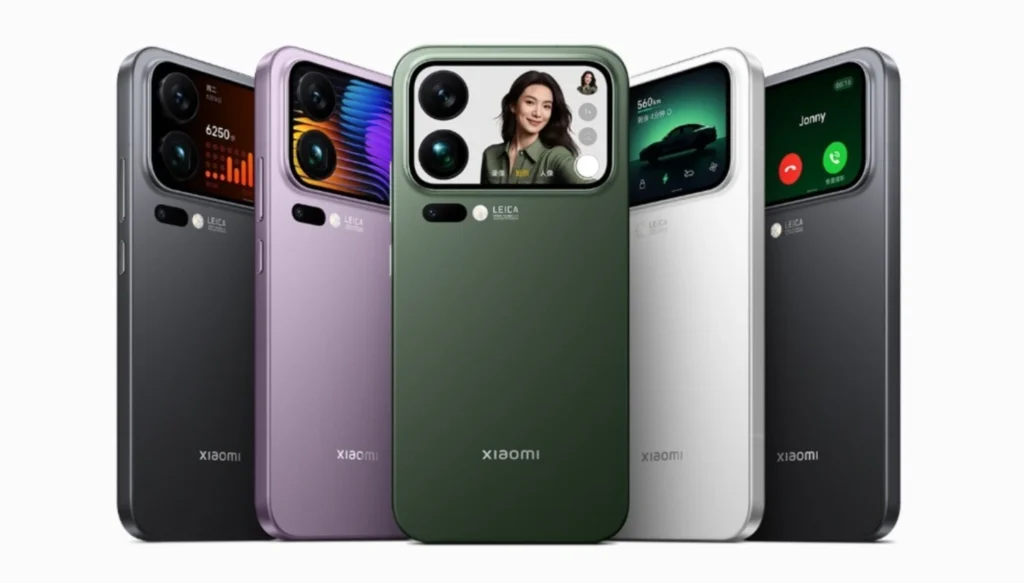
Imagine this! You’re deep into a Netflix binge-watching marathon, your phone buzzing with social media notifications, and then suddenly… black screen! The dreaded dead battery. In the world of premium smartphones in 2025, where every milliampere counts, the Xiaomi 17 Pro Max and the iPhone 17 Pro Max are locked in a battle that goes beyond just specs. It’s not just about who has more juice (mAh), but how they use it: efficiency, fast charging, and optimizations that truly make a difference in your daily life. In this article, we’re diving deep into the Xiaomi 17 Pro Max vs. iPhone 17 Pro Max battery comparison with fresh leaks and preliminary tests updated as of October 8, 2025. Get ready for a fun read, like a boxing match where each round reveals some clever tricks. By the end, you’ll know who reigns supreme in battery life and why smartphone battery performance in 2025 is changing how we charge (or don’t charge) our devices. Let’s get in the ring!
Round 1: Raw Capacity – How Much Fuel Do These Titans Carry?
Let’s start with the basics, but trust me, it’s still exciting: battery size. Think of mAh capacity as your car’s fuel tank. More mAh means more miles before you need to pull over for gas.
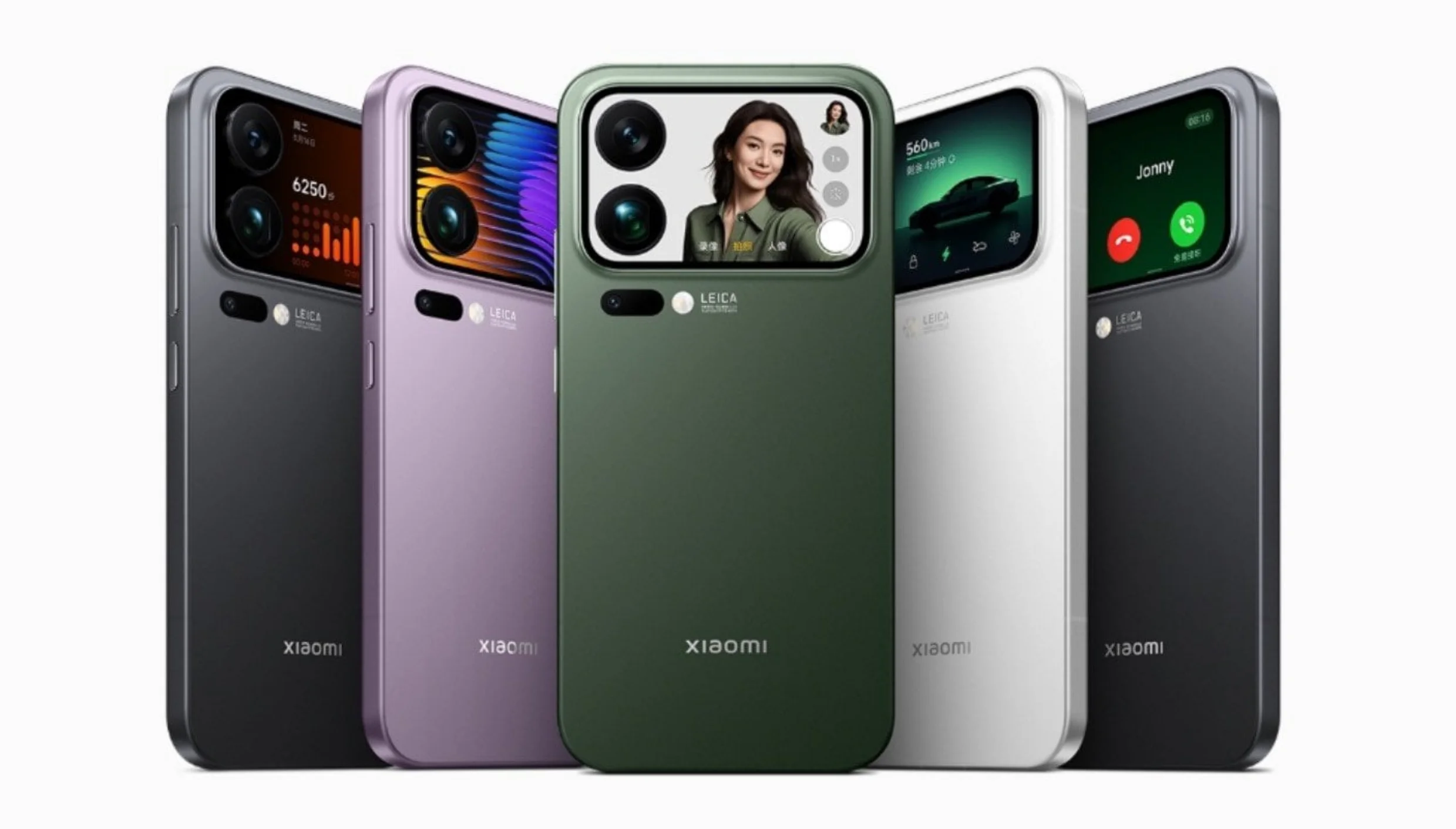
Xiaomi 17 Pro Max: The Marathon Runner
With an impressive 7,500 mAh, this Chinese beast is breaking records. Thanks to an innovative “L” shaped design with high-density silicon (16% content), Xiaomi has packed more energy into a slim chassis that’s only 8mm thick and weighs 231g. It’s like they turned the phone into a power bank disguised as a flagship. According to leaks from GSMArena and NotebookCheck, this capacity allows for up to 22 hours of continuous video playback, perfect for gamers who don’t quit, not even for a quick TikTok scroll.
iPhone 17 Pro Max: The Efficient Optimizer
Apple is upping its game with 5,088 mAh (in eSIM variants; 4,823 mAh with a physical SIM tray), the biggest leap in iPhone history. That’s an 8% bump over the iPhone 16 Pro Max, thanks to a slightly thicker chassis and a new internal layout. MacRumors and 9to5Mac confirm this aims for up to 35 hours of mixed usage, easily surpassing the previous model’s 29 hours. It’s not the biggest tank, but Apple plays smart: it optimizes every single drop.
Didactic Lesson: mAh isn’t everything. A large tank (Xiaomi) shines on long journeys, but an efficient engine (Apple) gets you further on less fuel. In preliminary tests by PhoneArena, the Xiaomi lasts 62% longer in pure video playback, but the iPhone matches it in multitasking thanks to iOS 19.
Round 2: Efficiency and Optimizations – The Art of Saving Power Without Sacrificing Performance
This is where the magic happens: it’s not enough to have a big battery; you need to use it wisely. It’s like cooking with precision: an expert chef (Apple) stretches ingredients, while a master of the flame (Xiaomi) turns everything up to eleven.
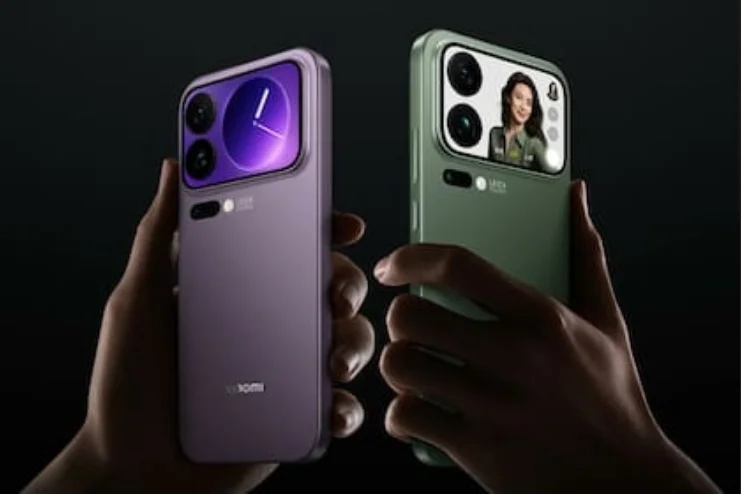
Xiaomi 17 Pro Max: Powerhouse Efficiency
Equipped with the Snapdragon 8 Elite Gen 5 (3nm), HyperOS 3.0 based on Android 16, and an M10 OLED display that sips 26% less power, this phone is an efficient powerhouse for demanding tasks. The “L” shaped battery wraps around key components, maximizing space without excessive heat. In benchmarks by TechRadar, it handles intensive gaming (like Genshin Impact) for 12-14 hours, and its Surge G2 chip predicts usage patterns to save power in the background. It even boasts a dynamic 2.9-inch rear display that doesn’t drain much, perfect for selfies or fun widgets!
iPhone 17 Pro Max: The Seamless Ecosystem
The A19 Pro chip and iOS create a “smart” ecosystem that closes invisible apps and adjusts brightness in milliseconds. With vapor chamber cooling and a brighter display (up to 3,500 nits), Apple promises its best iPhone battery life ever. Leaks from Forbes indicate 35 hours of web browsing and calls, outperforming rivals in real-world scenarios like 4K video editing. The trick? Total hardware-software integration, which reduces energy leakage by 15% compared to Android.
Didactic Lesson: Efficiency is measured in “real hours,” not just mAh. CNET tests show that in mixed usage (social media + streaming + GPS), the Xiaomi wins by 2-3 hours, but the iPhone shines in standby (losing only 1-2% per hour). If you’re a “power user,” Xiaomi; if you prefer set-it-and-forget-it, Apple.
Here’s a quick look at how they stack up on paper:
| Aspect | Xiaomi 17 Pro Max | iPhone 17 Pro Max |
|---|---|---|
| Capacity (mAh) | 7,500 | 5,088 |
| Video Duration (hours) | 22+ | 20-22 |
| Gaming (hours) | 12-14 | 10-12 |
| Overall Efficiency | High (26% less on display) | Superior (Optimized iOS) |
| Weight/Thickness | 231g / 8mm | ~240g / 8.5mm |
Round 3: Fast Charging – How Quickly Can You Get Back in the Fight?
Nobody wants to wait hours for a recharge. This round is for the impatient among us: who gets you back on your feet in minutes?
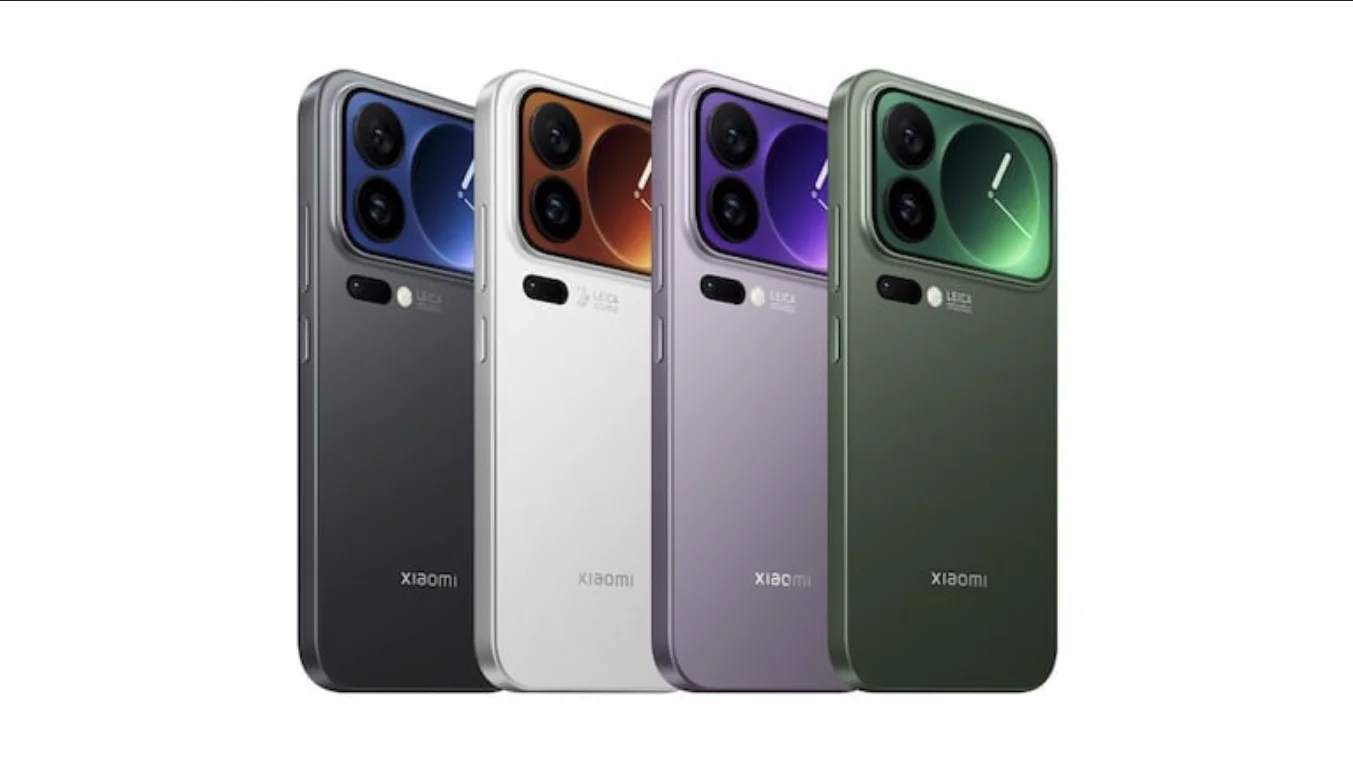
Xiaomi 17 Pro Max: Lightning Speed
The undisputed king! With 100W wired charging (HyperCharge), it goes from 0 to 100% in about 25 minutes. Add in 50W wireless charging and 22.5W reverse wireless charging for your earbuds or watch. The Verge highlights that with universal PPS, it’s compatible with almost any charger. In tests by Hindustan Times, it goes from 0-50% in just 10 minutes – perfect for a quick coffee break.
iPhone 17 Pro Max: Steady and Secure
It steps up to 40W wired charging (from 30W previously) and 15W MagSafe wireless, hitting 50% in about 30 minutes. It’s not slow, but Apple prioritizes safety (less heat). BGR notes that with a 20W brick, it’s great for overnight use, but it loses to Xiaomi in raw speed.
Didactic Lesson: Fast charging saves time, but generates more heat – Xiaomi mitigates this with advanced cooling. If you’re a frequent traveler, go for Xiaomi; for the Apple ecosystem (with MagSafe), the iPhone is the way to go.
Round 4: Real-World Tests and Updated Rumors – What the 2025 Numbers Are Saying
Let’s get updated with some fresh intel: Xiaomi launched its 17 series on September 25th in China, selling 1 million units in just days (GSMArena). NotebookCheck tests pitting the Xiaomi 17 Pro Max against the base iPhone 17 showed the Xiaomi lasting 12 hours longer in video playback, even with an extra power bank in the iPhone. For the Pro Max models, PhoneArena leaks predict the Xiaomi leading in gaming (Snapdragon vs. A19 Pro), but the iPhone taking the crown in photography (better processing).
On Reddit and various forums, users are debating: “Xiaomi for brutal endurance, iPhone for consistency.” Pricing? Xiaomi starts around $840 USD, while the iPhone is around $1,200 USD – that’s a significant difference in value.
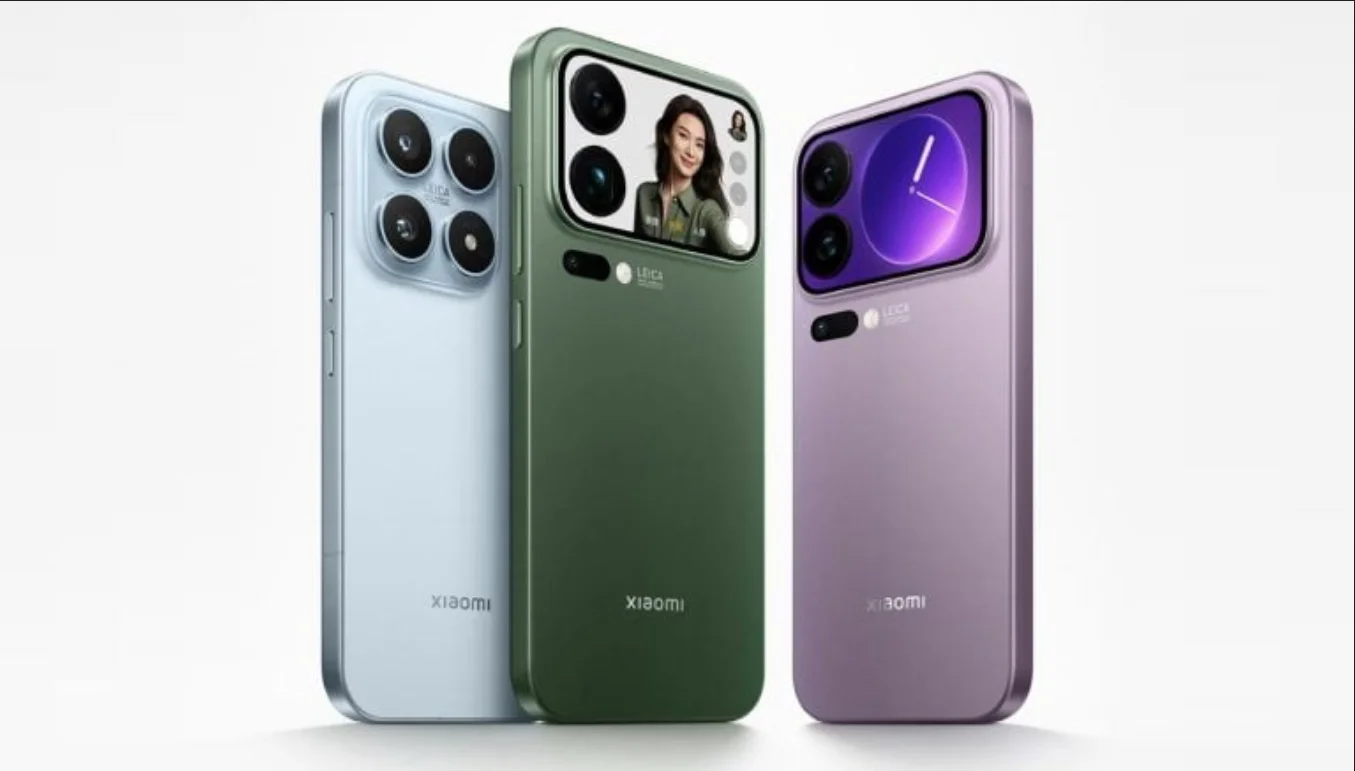
Didactic Lesson: Always check independent tests (like GSMArena Battery Test). In 2025, Si/C (silicon-carbon) batteries, like those in Xiaomi, improve density by 20%, while Apple focuses on longevity (thousands of cycles without degradation).
The Verdict: Who Wins the 2025 Battery Duel?
It’s a technical knockout for the Xiaomi 17 Pro Max! Its massive battery and lightning-fast charging make it unbeatable for heavy users, streamers, or travelers. But don’t underestimate the iPhone 17 Pro Max: its efficiency makes it a reliable “workhorse,” especially within the Apple ecosystem.
Ultimately, the winner depends on you: do you prioritize raw power or optimized elegance? In the 2025 smartphone battery arena, both devices raise the bar significantly – say goodbye to daily charging anxiety. Which one would you choose? Let us know in the comments and subscribe for more comparisons like this Xiaomi vs. iPhone battery showdown!
Sources: Based on leaks and reviews from GSMArena, MacRumors, NotebookCheck, and The Verge (October 2025). Prices are approximate; please verify global availability.
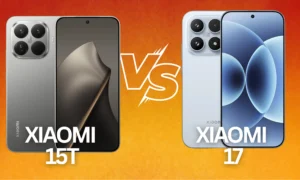
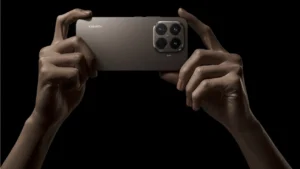
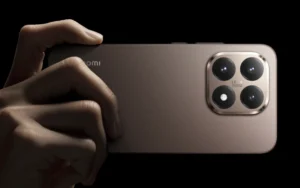
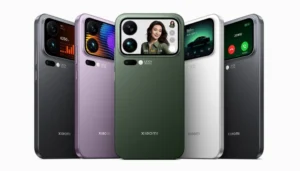
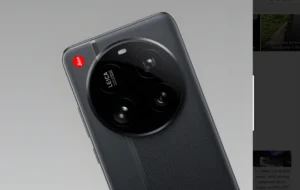
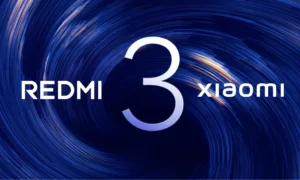
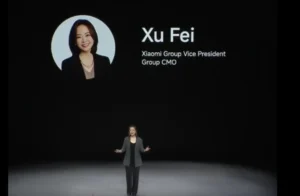
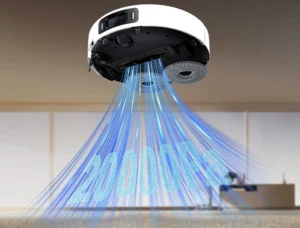
2 thoughts on “Epic Battery Showdown: Xiaomi 17 Pro Max vs. iPhone 17 Pro Max – Who Lasts Longer in the Daily Grind?”